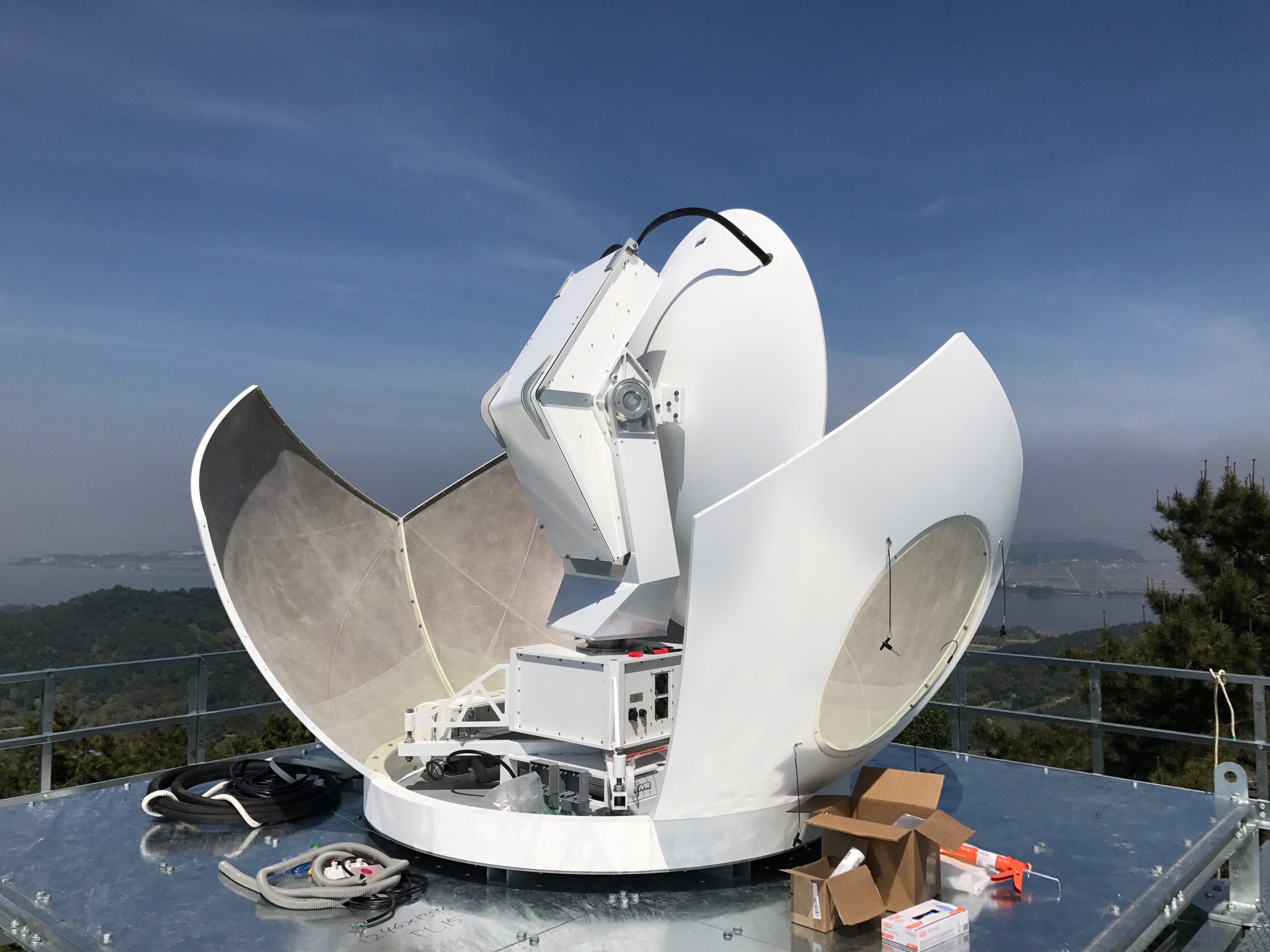Understanding Weather Radar Technology

Weather radar is a remote sensing technology that uses radio waves to detect and measure precipitation. It is a valuable tool for meteorologists, as it can provide information about the location, intensity, and movement of precipitation systems.
How Weather Radar Works
Weather radar works by sending out a pulse of radio waves and then listening for the echoes that are reflected back by precipitation particles. The time it takes for the pulse to return to the radar tells us how far away the precipitation is, and the strength of the echo tells us how much precipitation is present.
Types of Weather Radar Systems
There are two main types of weather radar systems: Doppler radar and phased-array radar.
- Doppler radar measures the speed and direction of precipitation particles. This information can be used to track the movement of storms and to identify areas of rotation, which can indicate the presence of tornadoes.
- Phased-array radar uses a series of electronically steerable antennas to scan a large area of the sky. This type of radar can provide more detailed information about the structure of precipitation systems than Doppler radar.
Advantages and Limitations of Weather Radar Technology
Weather radar technology has a number of advantages, including:
- It can provide real-time information about the location, intensity, and movement of precipitation systems.
- It can be used to track the development and movement of storms.
- It can be used to identify areas of rotation, which can indicate the presence of tornadoes.
However, weather radar technology also has some limitations, including:
- It can be blocked by terrain, buildings, and other obstacles.
- It can be difficult to interpret the data from weather radar, especially in areas with complex terrain.
- It can be expensive to install and maintain weather radar systems.
Weather radar, a beacon of meteorological insight, unveils the secrets of the skies. From distant clouds to the heart of Louisville weather, it guides us through atmospheric shifts. Explore the intricacies of the city’s climate at louisville weather , where every gust and sprinkle is captured and analyzed.
Weather radar, a guardian of knowledge, illuminates the path ahead, empowering us to navigate the ever-changing dance of the elements.
Weather radar systems vigilantly scan the skies, providing invaluable data that helps us anticipate and prepare for approaching weather events. Like a watchful guardian, these radars extend their reach far and wide, including the charming town of Mount Vernon, Indiana.
By seamlessly integrating with local weather stations, these radars empower us to make informed decisions, ensuring the safety and well-being of our communities.